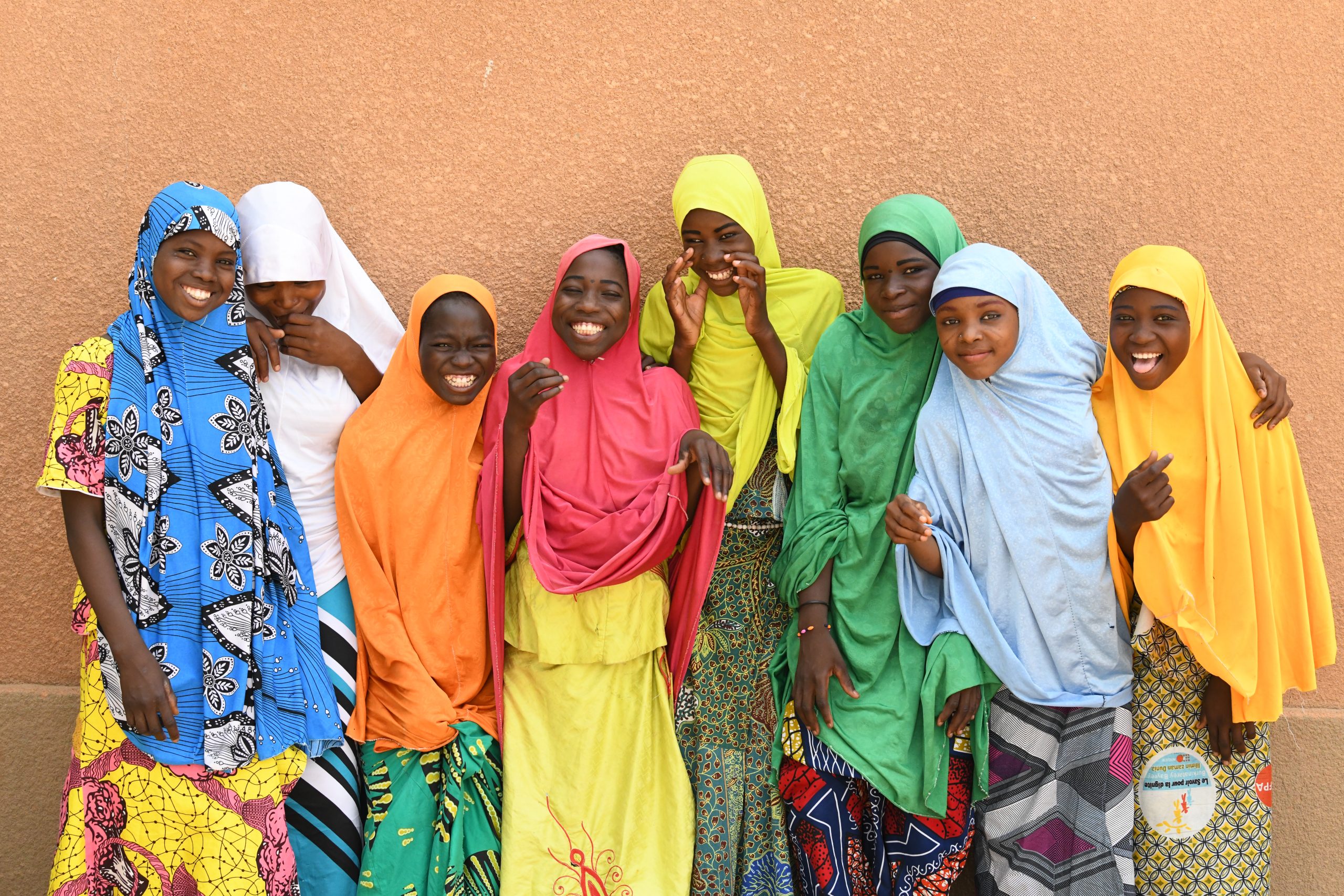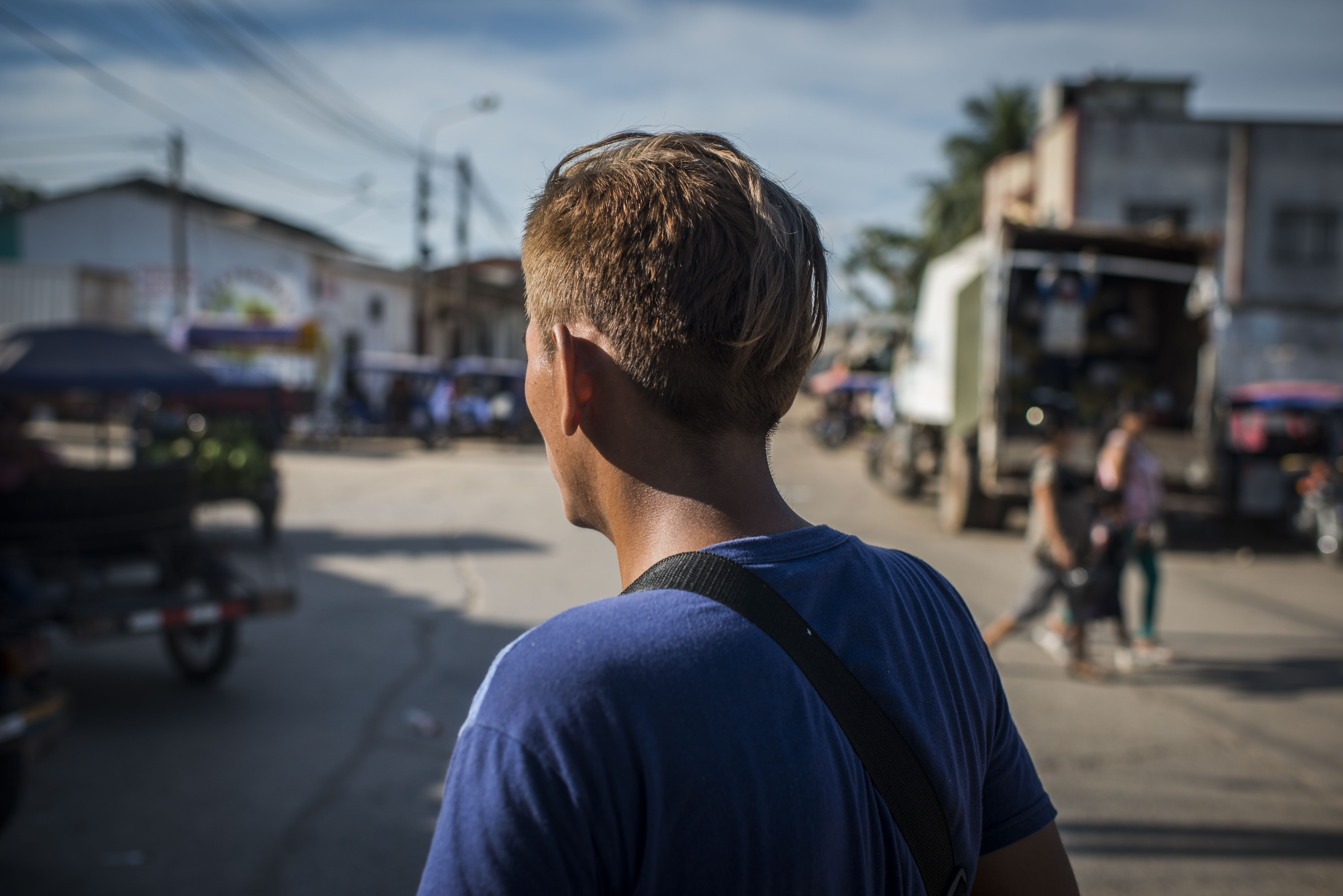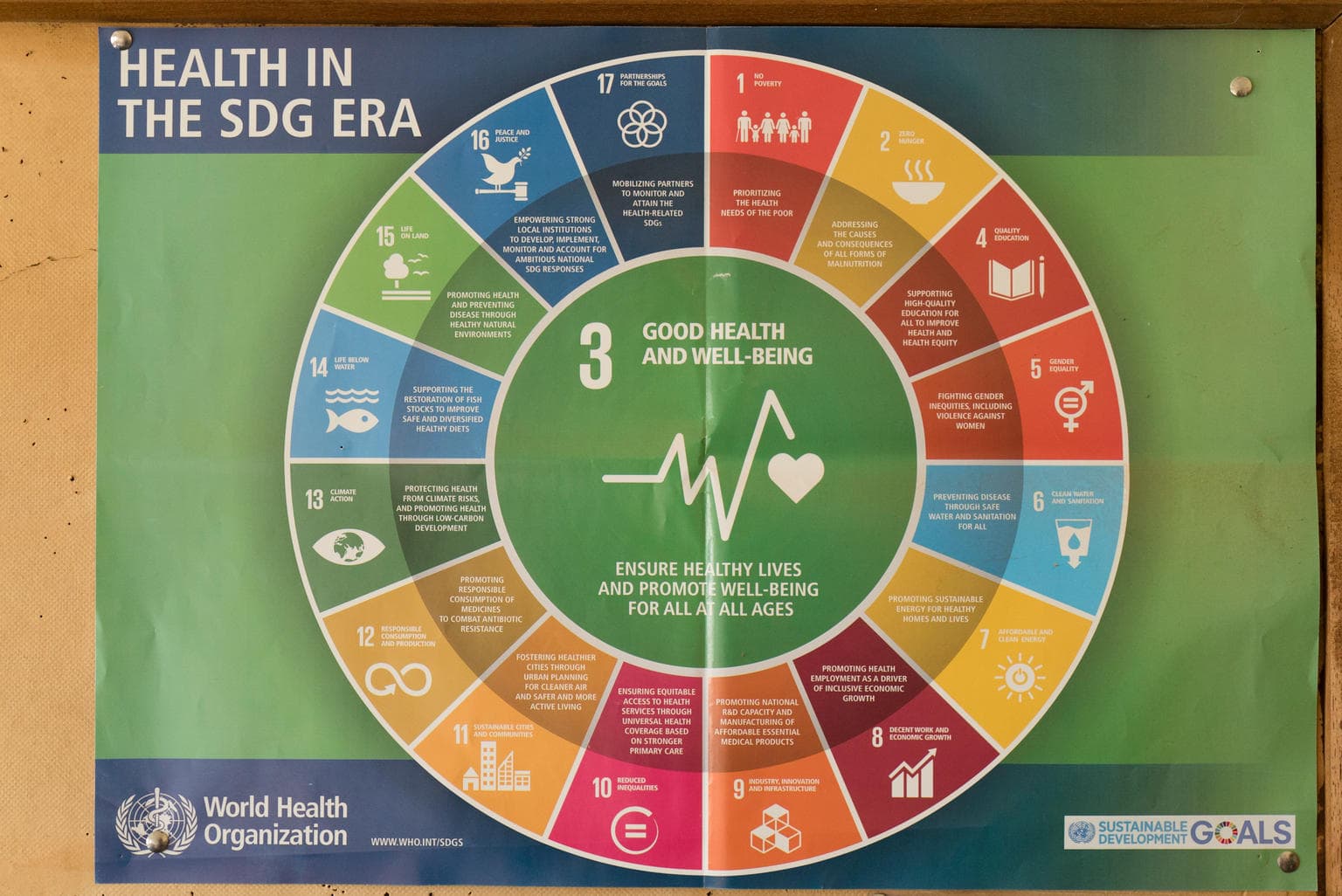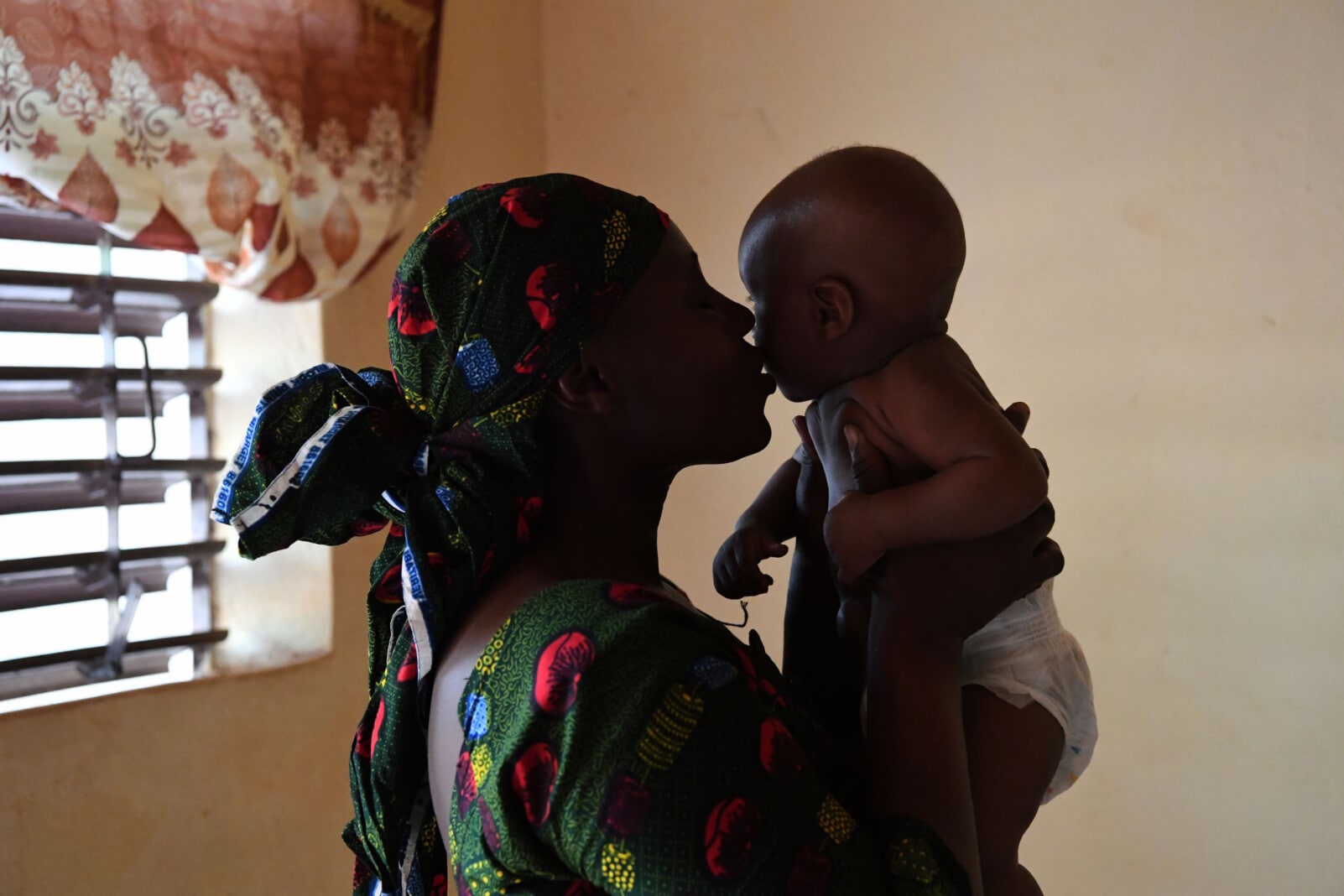The main drivers of the HIV epidemic are influenced by a wide range of gender inequalities. Early and forced marriage, gender-based violence, unequal access to information, and a lack of negotiating power and economic autonomy are among the factors that place women and adolescent girls at increased risk of HIV infection as well as circumscribe their responses to being infected. At the same time, masculine norms that stigmatise homosexuality and promote promiscuity and substance abuse increase the risk of infection among men and boys.
Gender disparities in the HIV epidemic begin to emerge during adolescence
In the first decade of life, few gender disparities in HIV infections are observed among children. In 2021, among children under age 9, there were 80,000 new infections among boys, and 77,000 among girls. Eighty-one per cent of these new infections occurred in sub-Saharan Africa, with the distribution of new infections between boys and girls being almost the same.
Gender disparities in the HIV epidemic begin to emerge during adolescence, the period during which gender norms consolidate. In 2021, around 120,000 adolescent girls between the ages of 10 and 19 were newly infected with HIV compared to 40,000 boys of the same age. Girls therefore accounted for 75 per cent of new HIV infections among adolescents, globally.
While worldwide, 160,000 fewer adolescent girls are infected by HIV today than in 2000, adolescent girls account for three in four new infections among adolescents.
The distribution of new HIV infections by sex varies significantly by region
Regional differences in the distribution of new HIV infections are observed by sex, reflecting differences in risk behaviours and gender norms in these regions. New infections tend to disproportionately affect girls in countries with an HIV epidemic driven mostly by heterosexual intercourse or where transactional sex is prevalent. Such is the case in Eastern and Southern Africa and in West and Central Africa, where girls account for 86 per cent and 87 per cent, respectively, of new HIV infections among adolescents aged 10-19. In contrast, in countries where the HIV epidemic is more concentrated around men who have sex with men or people who inject drugs, a greater proportion of new infections occur among boys. In East Asia and the Pacific, for example, boys account for 65 per cent of new HIV infections among adolescents.
In a majority of countries in sub-Saharan Africa, adolescent boys and young men are more likely to have comprehensive knowledge of HIV than adolescent girls and young women.
It is imperative that adolescents know the correct ways to protect themselves from HIV infection. Yet, in all but four countries with available data in sub-Saharan Africa, -the region most affected by HIV – fewer than half of adolescents and young people possess comprehensive knowledge of HIV. And in most of these countries, levels of comprehensive knowledge are lower for adolescent girls and young women than for adolescent boys and young men, placing them at increased risk of HIV infection.
For more information about HIV/AIDS, including mother-to-child transmission of HIV, and to access the data, visit our thematic page.
Resources



Additional external resources
UNAIDS, Reaching out to men and boys – Addressing a blind spot in the response to HIV, Geneva 2017
